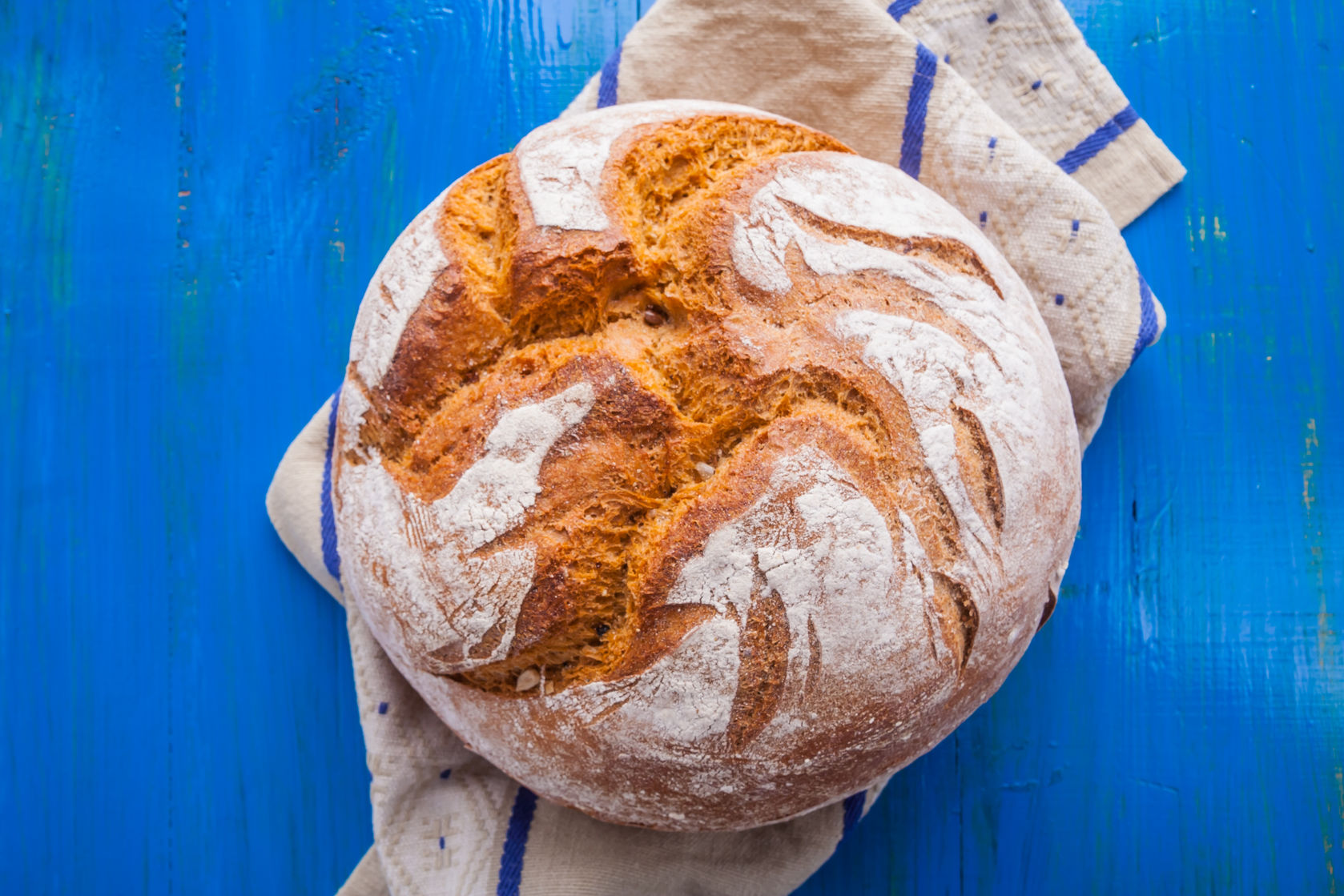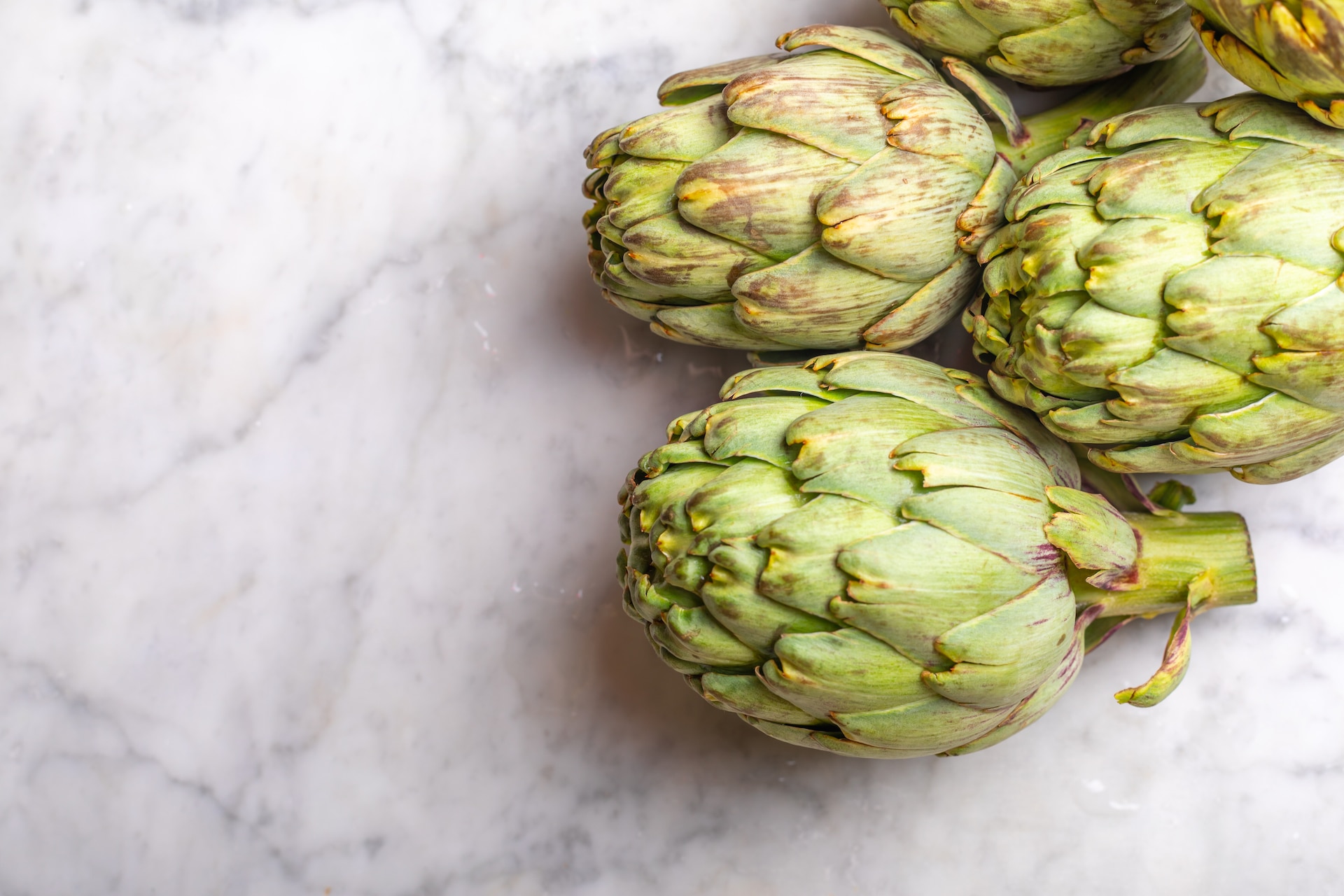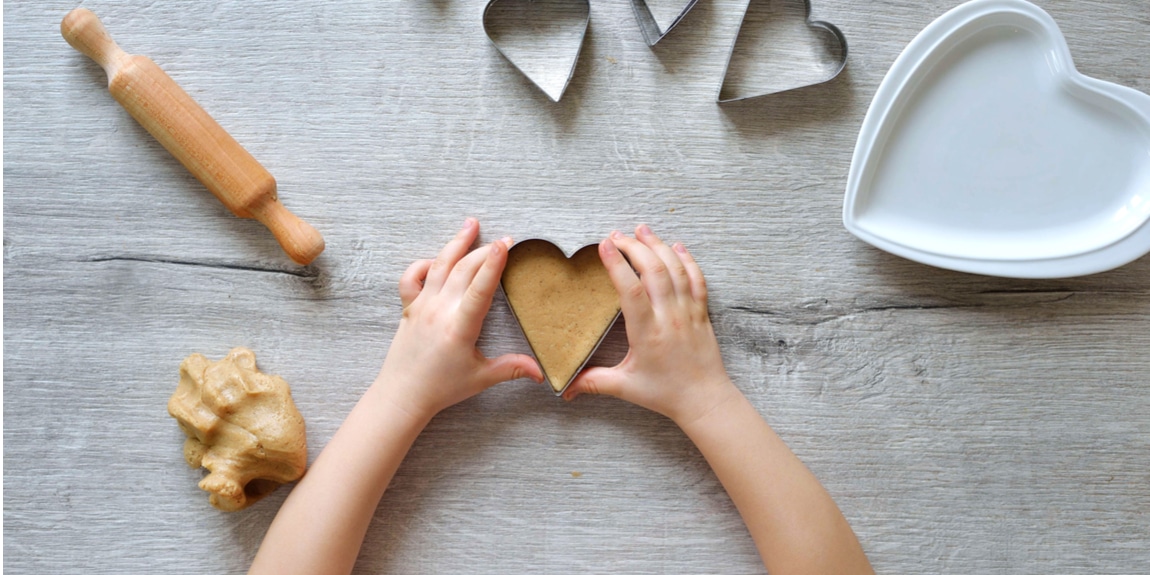Home » Eat Empowered » 20 Prebiotic Foods and Why They’re Important
It’s news to no one that gut health is huge. After all, a thriving gut microbiome has been linked to countless positive health outcomes, from improved digestion and mood to decreased risk of Type 2 diabetes and obesity.
While diet isn’t the only factor that influences our gut microbiome (genetics, medications and environment matter, too), eating certain foods can help you get your gut in good shape. Best of all, those ingredients aren’t hard to come by.
Read on for a nutritionist’s guide to the gut microbiome, plus 20 prebiotic foods that fuel it.
What is the Gut Microbiome?
The gut microbiome describes the ecosystem that resides in our small and large intestines (AKA the colon or the gut).
That ecosystem consists of trillions (yes, trillions) of microbes that carry out key functions. For example, bacteria in the gut help us digest and extract energy from the foods we eat.
Since some 70% of immune cells live in the gut, the microbiome also plays a critical role in helping us fight off disease. But in order to do that, the gut microbiome has to be healthy. That’s where prebiotics come in.
Why are Prebiotics Important?
Here’s a quick refresher on prebiotics and probiotics. Probiotics are active strains of bacteria that occur within certain foods and drinks, such as yogurt or kombucha. Prebiotics are not bacteria, but rather nondigestible compounds which serve as food sources for the healthy bacteria in your gut delivering benefits to your microbiome.
During digestion, prebiotic foods are fermented in the gut to produce compounds like short chain fatty acids (SCFAs) that provide critical energy to the cells of the intestines. SCFAs are also associated with inhibiting the growth of colon cancer cells and supporting healthy blood sugar and cholesterol levels.
20 Prebiotic Foods
One more reason to eat your fruits and veggies? All prebiotic foods are fiber-containing plants. Here are some of our favorite sources of prebiotics.
1. Apples
Pro tip: don’t peel your apples! Consuming the fruit with the skin on delivers a healthy dose of fiber from the peel. Spice things up by making one of these antioxidant-rich recipes that let you enjoy apples at every meal of the day.
2. Asparagus
Asparagus are natural bloat busters, thanks to the compound asparagine that acts as a diuretic. The spears are also rich in prebiotic fibers that help our good gut bugs thrive. Treat your belly right with our Truffled Roasted Asparagus with Shallots.
3. Bananas
Slightly unripe bananas are a great source of prebiotic resistant starch. As the fruit ripens, the resistant starch content goes down and the sugar content goes up, so eat bananas early for the utmost belly benefits.
4. Barley
Oats may be the go-to whole grain at breakfast, but barley is just as nutritious and delicious. Try our Breakfast Barley Breakfast Salad to start your day strong with prebiotics.
5. Chia Seeds
Another small but mighty nutritional powerhouse? Chia seeds. According to UMass’s Chan Medical School, fiber-rich chia seeds contain prebiotics along with alpha lipoic acid (ALA), a heart- healthy omega-3 fatty acid.
6. Chickpeas
As if we needed another reason to love hummus. Just one cup of chickpeas delivers nearly 13 grams of fiber. Try our Roasted Curry Chickpeas for a crunchy plant-based snack.
7. Chicory Root
Ever seen the word ‘inulin’ on a nutrition label? The prebiotic ingredient is derived from chicory root, a plant in the dandelion family that supports digestion and promotes bowel movements. Just beware of inulin-packed products like protein bars if you suffer from IBS; the ingredient can exacerbate symptoms like bloating and gas in sensitive individuals.
8. Dandelion Greens
Dandelion greens are one of the best sources of prebiotic fiber. They also help bust bloat and support detoxification pathways in the body. Yes, please!
9. Flax Seeds
Packed with plant-based omega-3s and fiber, flax seeds are a welcome addition to almost any breakfast. We recommend buying them ground, since the whole seeds are tougher for the body to digest.
10. Garlic
The ultimate flavor booster, garlic is also a prebiotic that has antiviral and anti-inflammatory properties. Add it to any and all recipes for a dose of gut-friendly goodness.
11. Jerusalem Artichokes
Also called sunchokes, these earthy tubers are rich in inulin, a type of prebiotic fiber that supports digestion and blood sugar regulation. Just beware: some people find these guys particularly gas-inducing. Start slow with small servings.
12. Jicama
Move over baby carrots, jicama sticks are our new favorite veg. Dunk them in your go-to dip or whip up a quick jicama slaw for a gut-friendly side dish.
13. Kidney Beans
Just like their pulse peers, kidney beans offer up fiber that can help keep things moving right along through our gastrointestinal (GI) tract.
14. Leeks
Is it just us or is there something seriously cozy about leeks? We love the flavor punch these prebiotic alliums bring to hearty soups and stews.
15. Lentils
ICYMI: we love lentils. The versatile legumes deliver fiber, plus an impressive amount of plant-based protein. Just one-quarter cup (dry) serving of black lentils can provide 5 grams of fiber and 11 grams of protein.
16. Oats
Overnight oats. Baked oatmeal. Energy bites. Oats are ultra versatile (check out our 17 favorite ways to enjoy them here). The prebiotic whole grains are also packed with soluble fiber that helps stabilize our blood sugar and drive down bad LDL cholesterol levels. Added bonus: oats contain important minerals such as magnesium and zinc.
17. Onion
Just like garlic, onion is packed with prebiotic carbohydrates called fructooligosaccharides. Warning: some individuals may be sensitive to this subset of carbs, which can bring on symptoms like bloating and gas. As long as your belly does a-ok with onion, feel free to put it on your plate often.
18. Plantains
They might look like bananas, but plantains have a unique flavor and texture. They’re also lower in sugar and starchier than bananas. Best of all, plantains are high in prebiotic resistant starch.
19. Seaweed
Research suggests that the fibers in algae such as seaweed may act similarly to prebiotics by promoting the growth of good bacteria (and inhibiting the proliferation of bad bacteria) in the colon. Sushi, anyone?
20. Wheat Bran
Eating wheat bran can increase the production of beneficial SCFAs like butyrate in the gut. Go ahead and sprinkle a few spoonfuls of wheat bran into yogurt or a smoothie bowl — just one quarter-cup serving can deliver an impressive 6 grams of fiber.
(Image: Shutterstock)
Anthea Levi, MS, RD, is a Brooklyn-based registered dietitian and health reporter. She currently works in private practice at Culina Health and contributes to various media outlets, including Livestrong.com and Nutritious Life.
RECENT ARTICLES

Want a sneak peek inside the program?
Get FREE access to some of the core training materials that make up our signature program – Become a Nutrition Coach.
Get Access"*" indicates required fields
 Eat Empowered
Eat Empowered













































































































































































































































































































































































































































































































































































































































































































































































































































































































































































































































































































































































































































































































































































































































